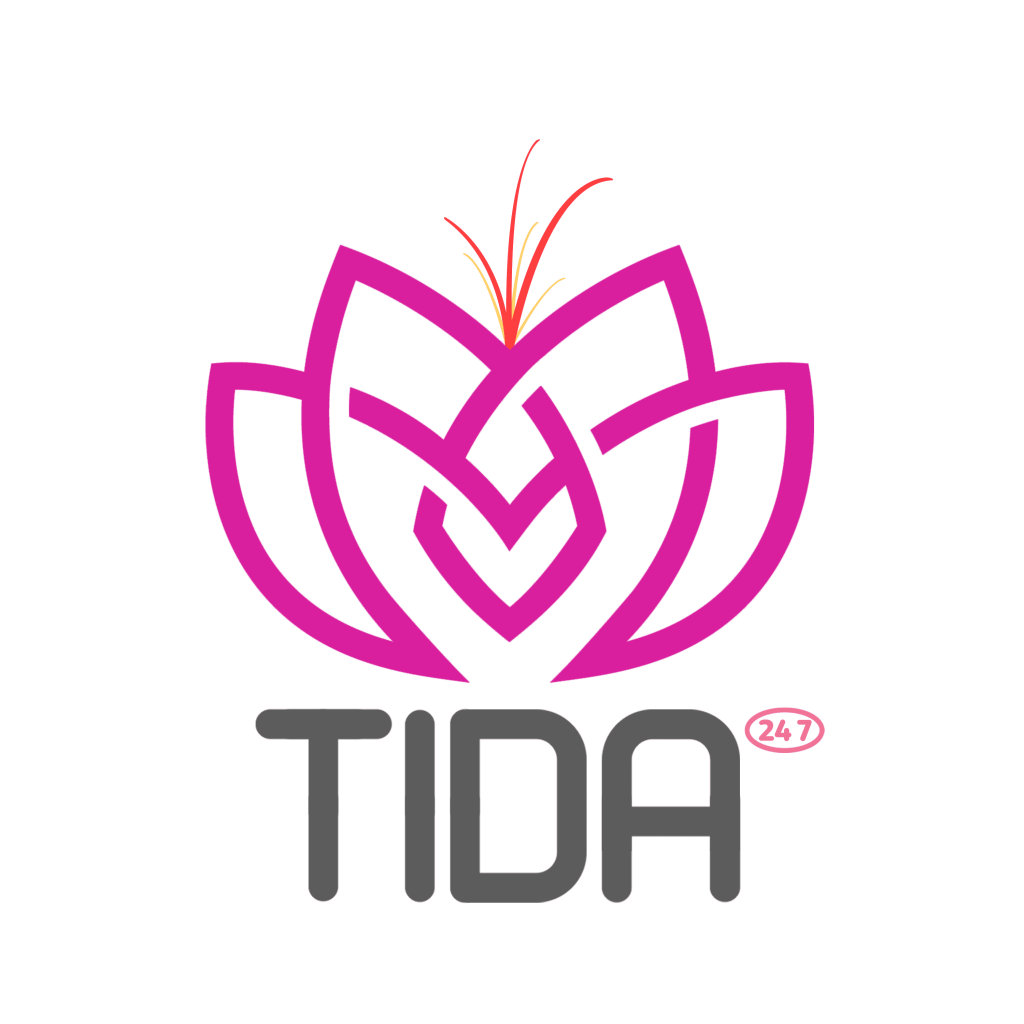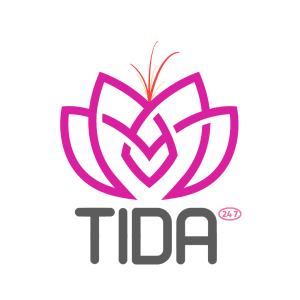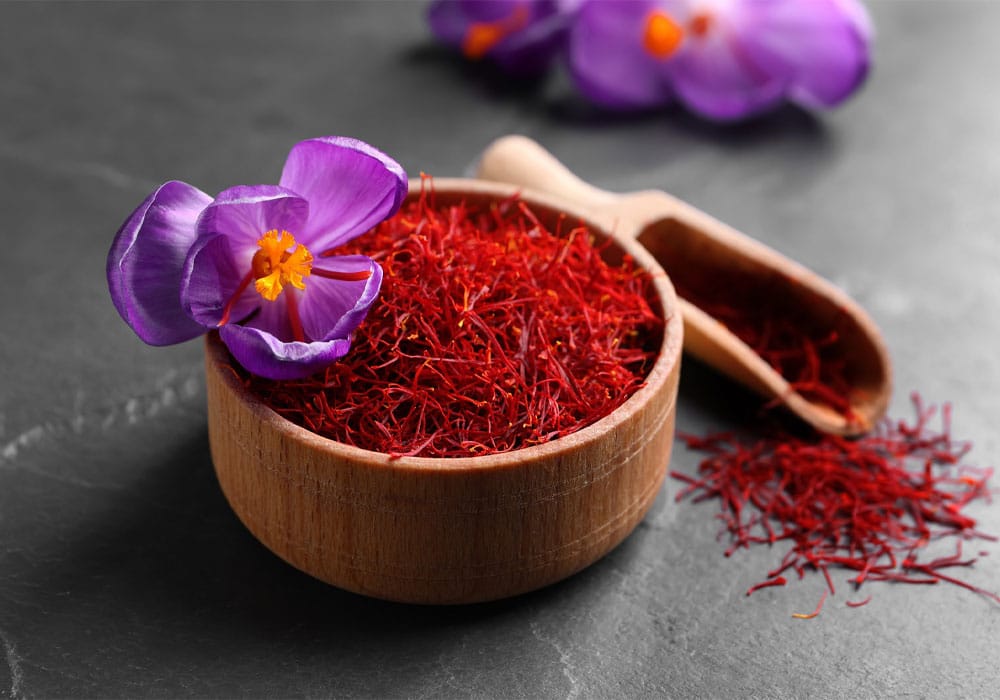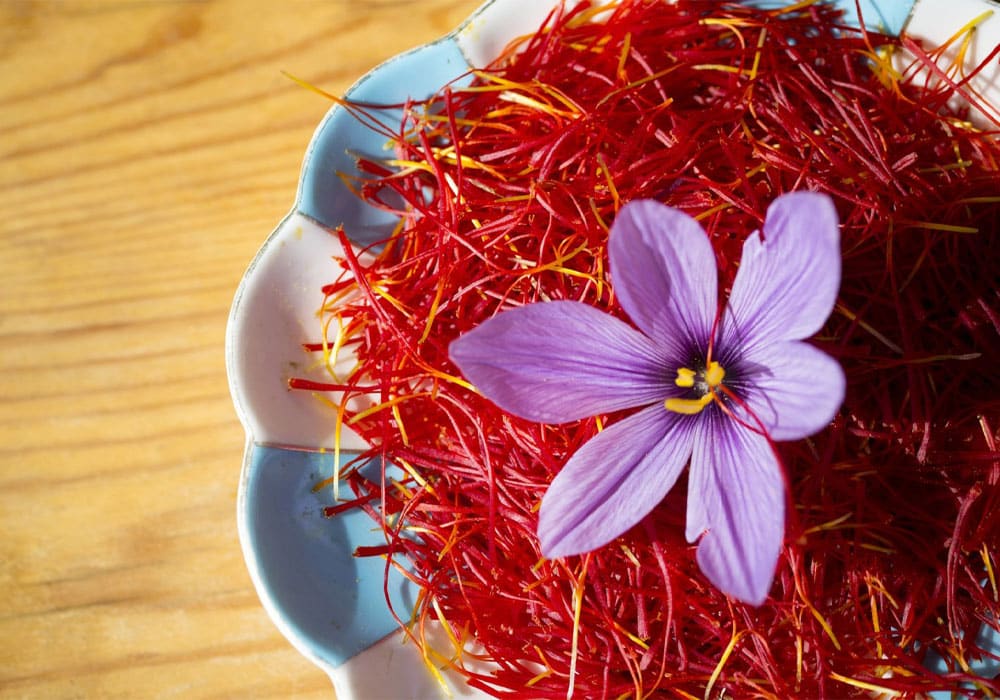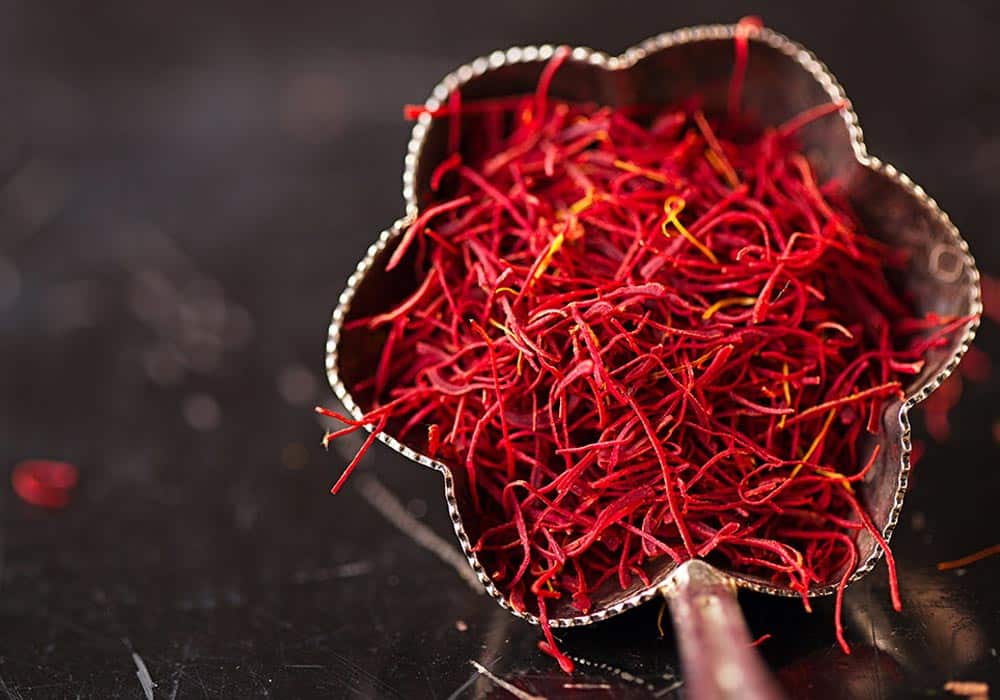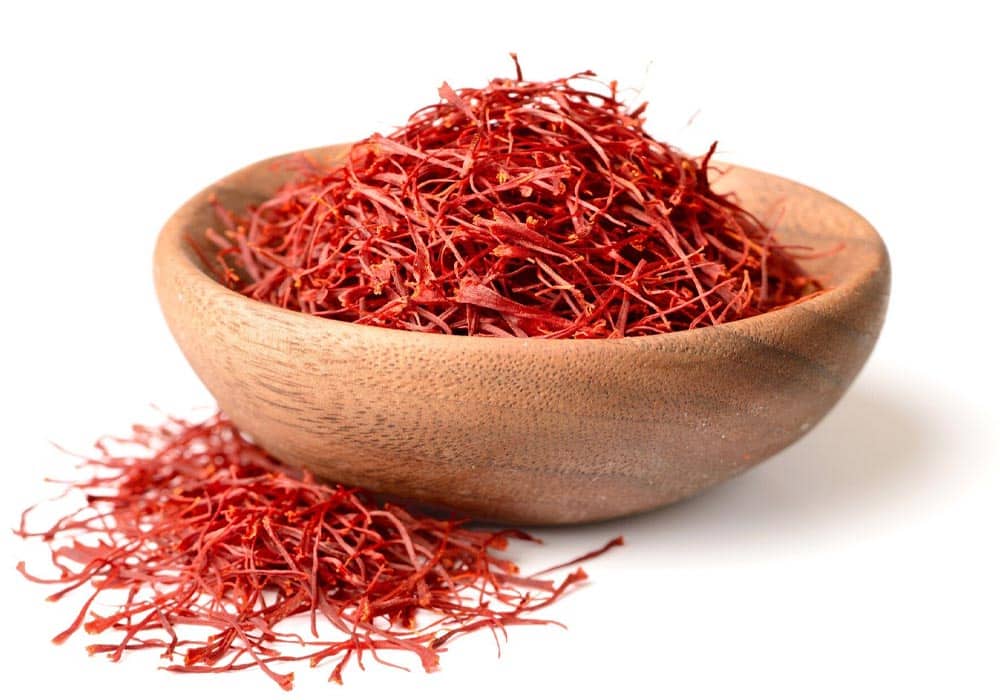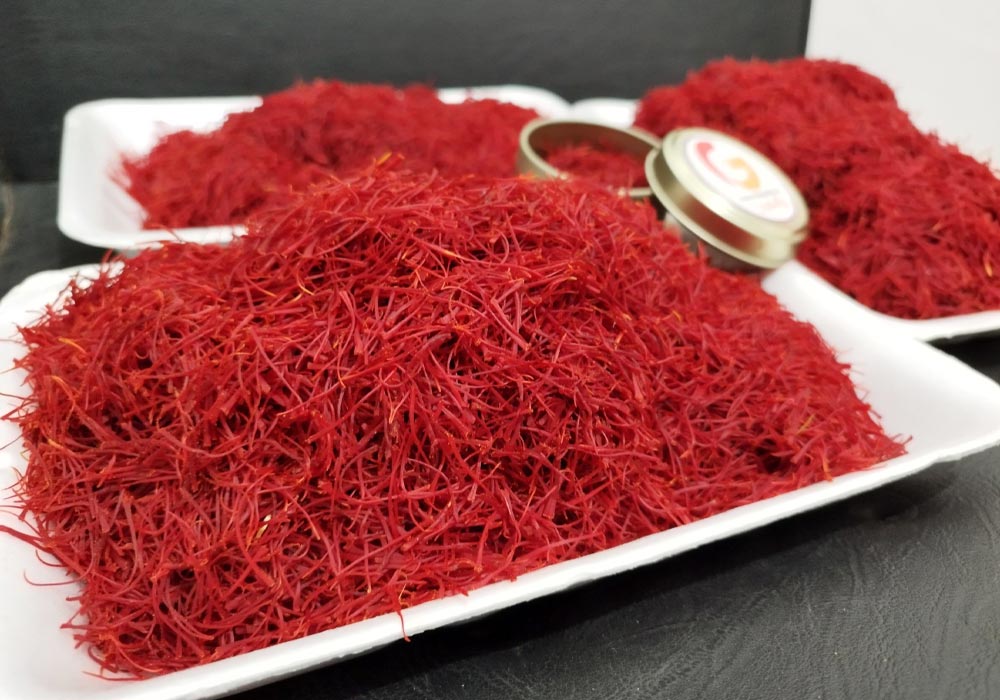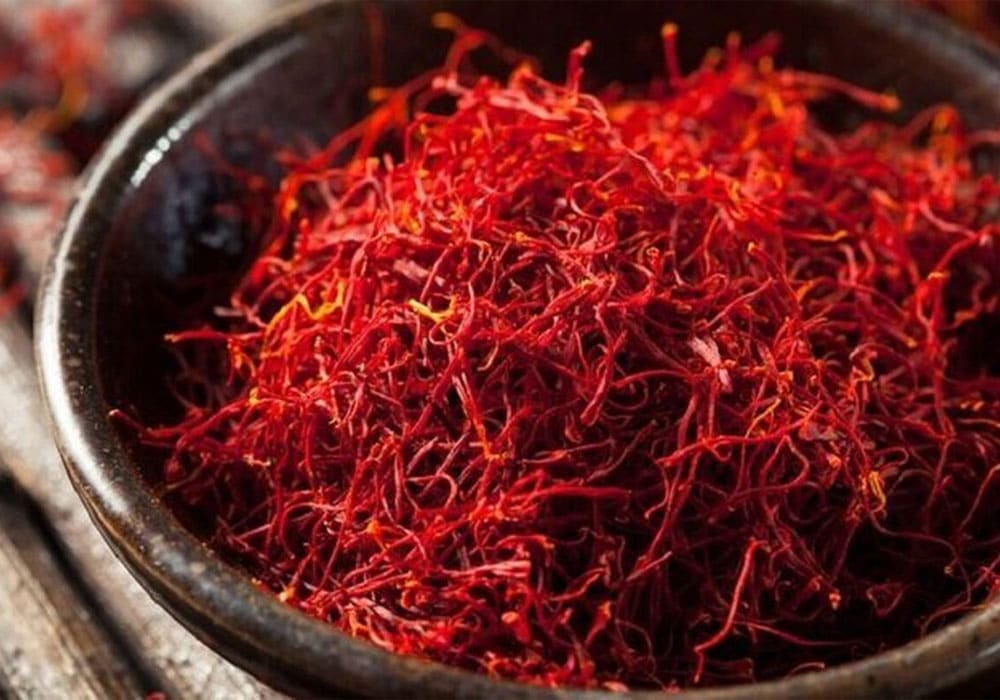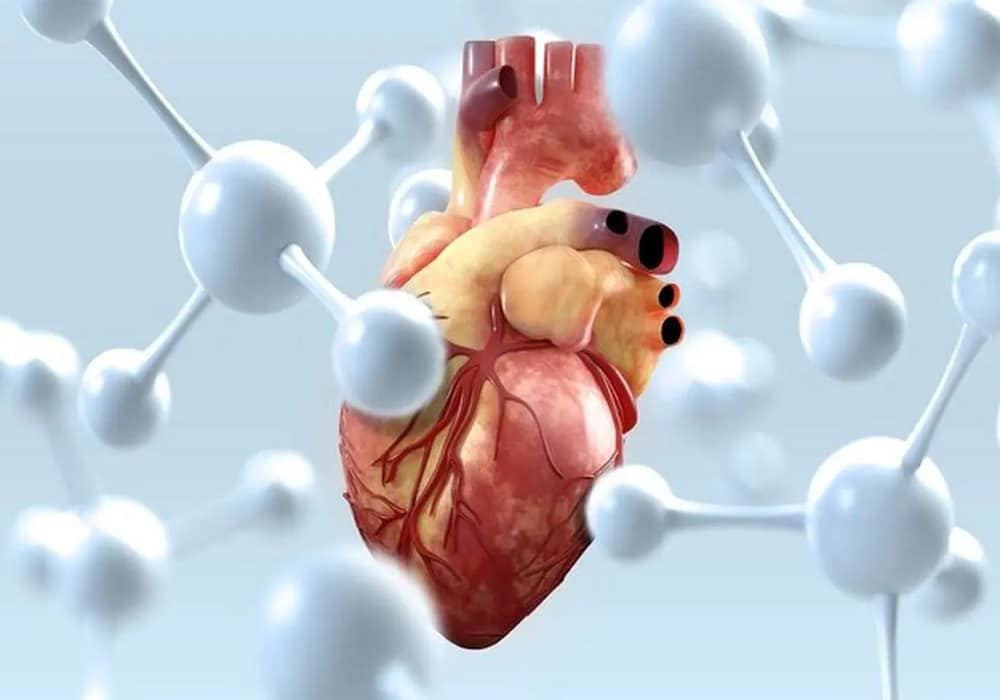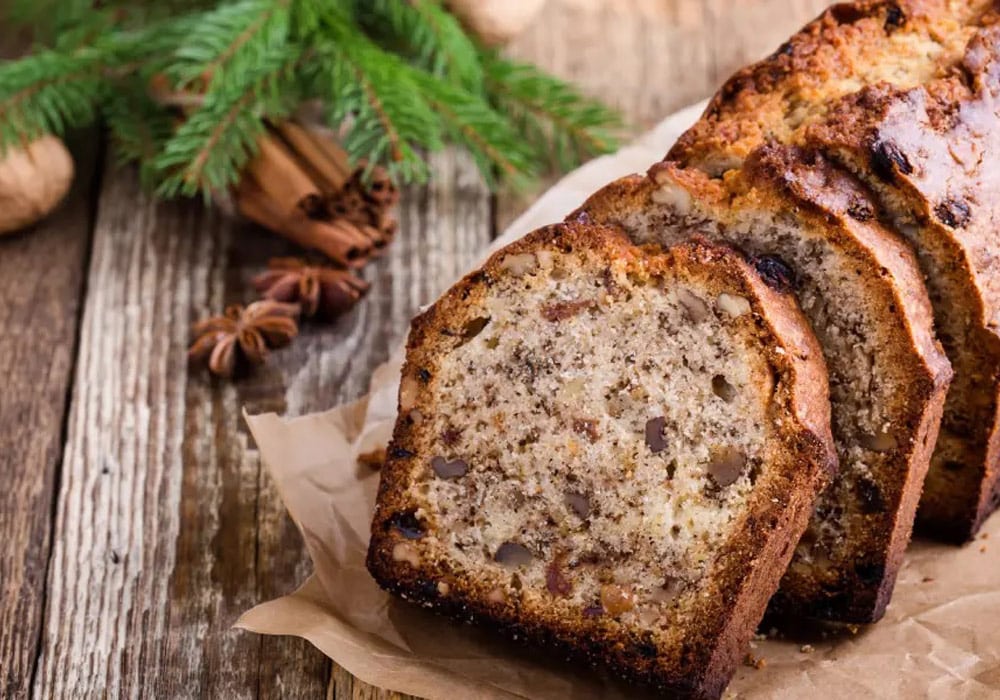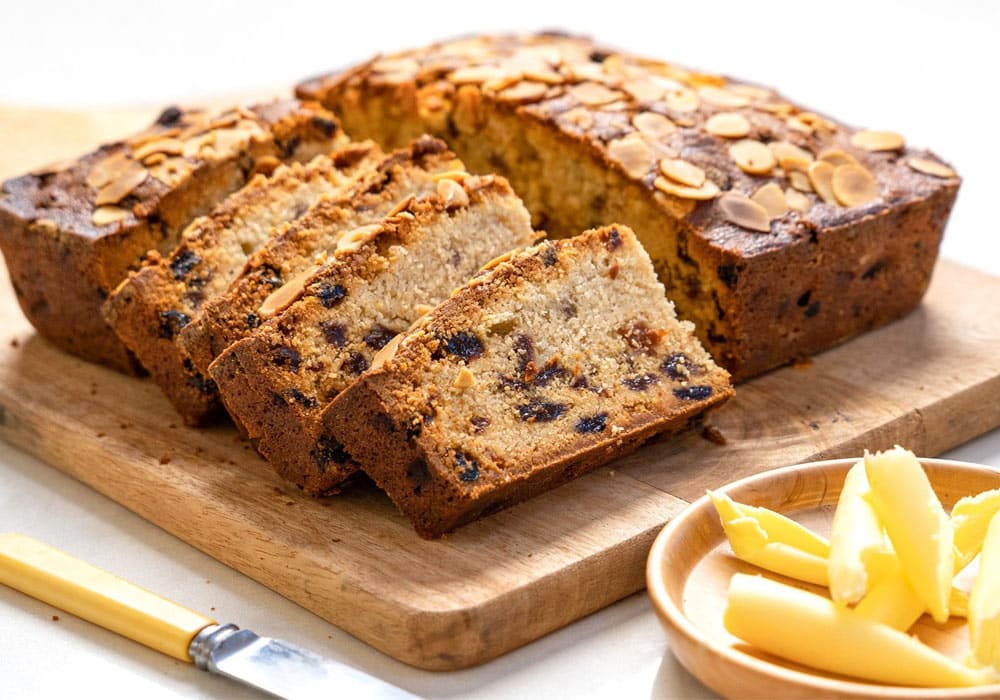Saffron is one of the most expensive spices in the world, and Iran is considered the largest producer of high-quality saffron globally. We have also facilitated this by producing and exporting Tida Super Negin saffron to all parts of the world. This article has been published to combat counterfeit saffron.
Saffron, also known as red gold, is a precious food ingredient, and cultivating it in agriculture is a valuable business. One of the challenges in trading and buying saffron is identifying its authenticity. By knowing the methods to distinguish genuine saffron from fake, you can avoid falling victim to dishonest sellers.
High-quality saffron can be identified by its physical appearance, taste, aroma, as well as through contact tests, extraction, and baking soda tests.
Using saffron in cooking is beneficial because of its color, aroma, and taste, which make food more delicious and yield better results in cooking. While fake saffron might add some color to food, its aroma, taste, and color cannot produce the positive effects that real saffron has. Saffron is mood-enhancing and can improve a person’s disposition, so always stay ahead and recognize genuine saffron.
This article explains six methods to easily identify genuine saffron.
What are the characteristics of high-quality saffron?
✓ Pure saffron is obtained from the stigmas of the saffron flower.
✓ Saffron’s smell is sweet, resembling a combination of honey, hay, vanilla, and tobacco scents.
✓ Contrary to its smell, saffron’s taste is not sweet but bitter.
✓ The appearance of its threads is somewhat trumpet-shaped, meaning the top (head of the saffron) is slightly wider than the bottom (which connects to the stigma cream of the saffron flower).
What are the signs of fake saffron?
✓ Fake saffron may be made from corn silk threads, dried beef, safflower plant, coconut fibers, or even dyed horsehair and shredded paper.
✓ Its smell might be sweet (but note that a sweet smell does not necessarily mean the saffron is genuine).
✓ Its taste is sweet because fake saffron often has honey or sugar added to increase its weight.
✓ Its appearance is unclear and messy, and the threads might be broken or powdered.
How to identify fake saffron?
Taste of saffron: Saffron is not sweet.
Smell of saffron: It has a sweet scent (like honey and vanilla) and a strong aroma.
Coloring: Saffron releases its color slowly.
Touching saffron:
-
Saffron is not oily (you can test this by placing saffron on paper).
-
If you hold saffron between your fingers, it should not turn to powder.
-
When saffron is rubbed between wet fingers, it produces an orange color.
Glossiness: Saffron is not shiny.
Price: A low price usually indicates counterfeit saffron.
With these six points, you can detect fake saffron, but if you’re still unsure, keep reading.
Test for professionals!
For those who want to distinguish real saffron from fake more accurately, there is a simple but precise test you can do at home. This test uses natural materials like baking soda and water to show saffron’s quality and authenticity clearly. Below are step-by-step instructions for this test so you can confidently identify genuine saffron.
Step 1:
There is an old and simple test to determine saffron’s authenticity. For this test, you need one or more samples of saffron, some baking soda as an indicator, and a little water.
Step 2:
Prepare one glass for each saffron sample and fill each halfway with water. For example, if you have three different saffron types, prepare three glasses. Then add half a teaspoon of baking soda to each glass.
Step 3:
Using a small spoon, completely dissolve the baking soda in the water. Then add some of each saffron type to the glasses and stir again with a small spoon to release the saffron’s color.
Step 4:
Set the glasses aside so the saffron color can fully diffuse. After a while, check the glasses; if the saffron water turns golden yellow, it means your saffron is genuine and high-quality.
Step 5:
If the saffron color is very orange, it means artificial colors have been used and the saffron is fake. Before this test, you might have thought a deep orange color was a sign of good saffron.
Step 6:
Of course, if you buy saffron from reputable companies and well-known brands, you won’t have to worry about counterfeit saffron. Tida Saffron, by producing Super Negin saffron (the best saffron in Iran), has made safe saffron import possible.
Three important tips for determining saffron quality:
-
Real saffron has a sweet smell but is never sweet in taste.
-
When you rub saffron between wet fingers, it produces orange/red/yellow color.
-
If the price of saffron is unrealistically low, it is probably fake.
What does fake saffron look like in the market?
-
Plastic saffron: This fake saffron dissolves in water.
-
Fake corn threads: These do not resemble real saffron and are made from corn silk.
-
Safflower plant: A plant used in cooking due to its similarity to saffron.
What does genuine, top-grade saffron look like?
-
If you look closely, the threads at the top should be horn-like.
-
Negin saffron threads are separated precisely from the stigma triangle and are almost identical in size and shape.
-
The stigmas are completely separate from each other.
-
The stigma color is white, and the saffron is pure red without extra particles.
-
The threads do not stick together.
-
The color is pure red.
-
The saffron stigma threads are thick.
Important tips for storing saffron
Keep saffron away from light, heat, and moisture, especially if you store it as powder. Store it in sealed glass or plastic containers to prevent air from entering. Improper storage conditions cause saffron’s essence to evaporate, its cream compounds to degrade faster, and its medicinal properties to diminish.
At Tida Saffron, the best Iranian saffron, Super Negin, is provided with high-quality tests and parameters for export to different countries.
How to recognize genuine saffron?
You can rely on its appearance, aroma, and taste. Genuine saffron has a slightly trumpet-shaped appearance with red stigmas, a sweet smell like honey, and a bitter taste. You can also perform simple tests like the baking soda test. Avoid saffron with a very sweet smell or unnatural orange color.
What are the risks of consuming fake saffron?
Fake saffron may contain artificial dyes, chemicals, or sugar additives. These substances can cause digestive issues, skin reactions, or allergic sensitivities. The best practice is to buy saffron from reputable and trusted sellers to protect your health.
How to buy from reputable saffron sellers?
To buy genuine saffron, choose well-known brands and reliable sellers with positive customer reviews. Prefer packaging that guarantees product freshness, such as moisture-proof and sturdy containers. Brands like “Tida Saffron” are known for providing high-quality saffron and are trustworthy buying options.
Why is saffron so important in Iran?
Iran is the largest saffron producer globally, supplying over 90% of the world’s production. Saffron plays a vital role in Iran’s economy, providing employment for farmers and supporting the agricultural sector. Cultivating saffron requires skill and precision, and Iranian saffron is known worldwide for its superior quality.
How to store saffron to maintain its quality?
Saffron should be stored in a dry, cool place away from light and moisture. Keep it in sealed glass or plastic containers to prevent air exposure. If stored as powder, tightly close the container to preserve its aroma and flavor for a longer time.
What is the cultural significance of saffron?
Saffron has been a valuable spice in many cultures for centuries. In Iran, it is used in traditional dishes such as rice and stews, and in India, it is a key ingredient in festive meals. Saffron also holds cultural and religious importance, being used in various ceremonies. Additionally, it has medicinal properties and is used in traditional treatments.
Buying authentic Iranian saffron at a reasonable price from Tida Saffron
Purchasing authentic Iranian saffron at a reasonable price from Tida Saffron is an exceptional opportunity to access one of the highest quality saffron types in the domestic and international markets. With years of experience in producing and exporting genuine Super Negin saffron with guaranteed authenticity and unmatched quality, Tida Saffron offers its products directly and without intermediaries. Collaborating with the best farmers and utilizing advanced processing and packaging technologies, the company provides a product with a delightful aroma, natural color, and full medicinal properties. The pricing of Iranian saffron at Tida is very competitive and fair considering the high quality, making premium Iranian saffron affordable for customers of all budgets. If you seek high-quality, long-lasting saffron with guaranteed authenticity, Tida Saffron is a reliable and smart choice.
Conclusion
Saffron, as one of the most expensive and valuable spices worldwide, holds a special place in Iran’s economy and culture. Iran produces over 90% of high-quality saffron, making it the largest global supplier. Recognizing genuine saffron is crucial, as fake saffron lacks the real benefits of this red gold and can be harmful to health. Using the simple methods introduced in this article, you can confidently buy genuine saffron and avoid counterfeits. Brands like Tida Saffron provide guaranteed quality and reasonable prices, offering a secure way to enjoy the true taste and benefits of saffron. Ultimately, choosing authentic saffron ensures your health and satisfaction while supporting Iranian farmers and the saffron industry.
Also read:
